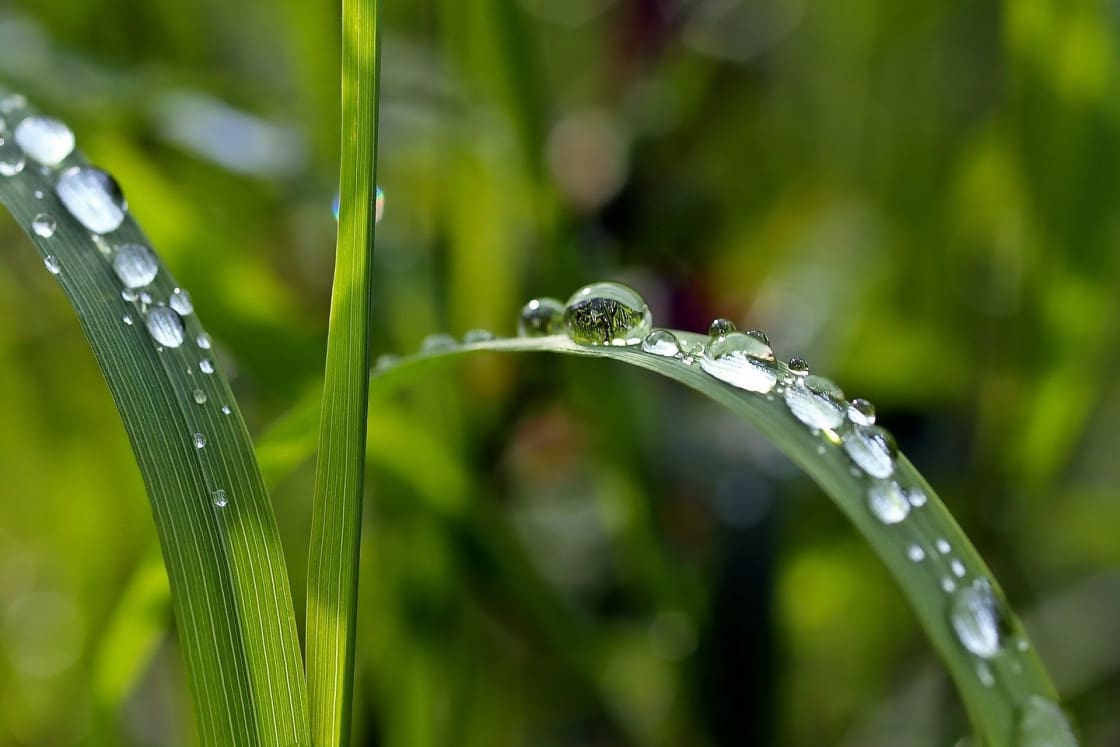Creating a Garden Oasis for Outdoor Entertainment


Rain is not something we’re short of here, especially not in April. You could deliver mains water through sprinklers or hoses and your plants would not look as good or be as healthy as when the same amount of water, in the form of rain, feeds them. Take full advantage of this free and natural resource that we have.
Water is precious and fundamental for plants’ growth. Plants need the most water in hot, dry and windy weather. Less than 3% of the annual water consumption of an average household is estimated to be from garden use. In the height of summer, this can be as much as 70% of water supplied may be used in our gardens. This can cause serious environmental damage as water companies are forced to deplete groundwater and streams, as well as damaging our wallets when the water bill comes in!
But this dry outlook is not the weather we are experiencing now, so why do you need to think about it?
Well, did you know that 24,000 litres – that’s 150 water butts – of rainwater could be collected from the roof each year, completely free? With April being a notoriously wet month, you should utilise every natural resource we can get. Install a water butt and save both your money and the environment. Not only will it be beneficial to you, but rainwater is actually better for your plants.
There are several reasons rainwater is more suitable for plants than tap water, but the most important is chemistry. In tap water, chlorine is a necessary disinfectant. Nearly all plants, however, are susceptible to chlorine toxicity, usually expressed in burnt leaf margins.
Rainwater also contains more oxygen than tap water. You might think your plants are dangerously waterlogged as a result of excessive rain. Yet, whereas waterlogging may bring about anaerobic soil conditions and lead to root rot if you overwater your plants with tap water, the fact that rainwater is highly oxygenated may provide a margin of safety when soil is saturated after a downpour.
The main point is, rainwater is relatively pure stuff. The natural process of evaporation leaves the chemicals behind, is generally softer and slightly acidic, all of which plants prefer. If you want more from your plants- who wouldn’t- start harvesting rainwater now, ready for when it’s absolutely vital.
Want to utilise irrigation in your new garden design? Call our design team today on 0116 210 0760.